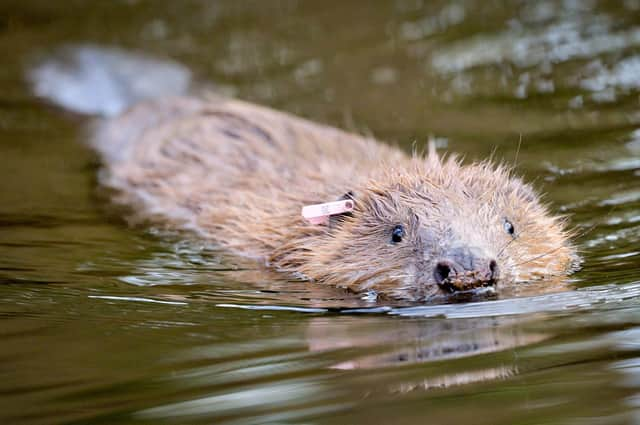Massive rewilding 'experiment' in Scotland may help find way to slow alarming rate of species extinction – Scotsman comment
This article contains affiliate links. We may earn a small commission on items purchased through this article, but that does not affect our editorial judgement.


His creations on country estates were undoubtedly beautiful, but they were very much a human’s idea of what the natural world should be like.
Now the National Trust for Scotland is set to create a very different kind of ‘garden’ with plans to rewild 200 acres of land on its Threave Estate in Dumfries and Galloway over the course of the next 100 years.
Advertisement
Hide AdAdvertisement
Hide AdLand will be “undrained” with the River Dee allowed to “revert to more natural flow patterns”, allowing wetlands to form, which will encourage native and migrant waterfowl as well as other animals. Some 74 acres of native woodland are to be planted, while they are also looking into ways to manage livestock that “balance agricultural production with nature recovery”.
The trust’s Dr Sam Gallacher said the site would be a “massive experiment to help us find best practice and methods that we hope will be useful and inspire others in similar settings whether in Scotland or further afield”.
Separately, the Scottish Rewilding Alliance has called for politicians to commit to rewilding 30 per cent of public land as well as continuing to reintroduce species like beavers and to consider a pilot project to return the Eurasian lynx to Scotland – if there is both a suitable habitat and local support.
There are people who will be understandably nervous about bringing back a “big cat” after its long absence, however timid around humans it may be. Others may be concerned about beavers damaging commercial forestry and flooding farmland. And a human “rewilding” process may be deemed by some to be as artificial as any Capability Brown creation.
However, with a quarter of Britain’s native mammals, including red squirrels and wildcats, at risk of extinction and the world experiencing rates of species loss on a par with the Fifth Mass Extinction Event, which killed off the dinosaurs 66 million years ago, it is imperative that we do something.
And, given humans are largely responsible for what some are already calling the Sixth Mass Extinction Event, attempting to mimic nature seems like a good place to start.
A message from the Editor:
Thank you for reading this article. We're more reliant on your support than ever as the shift in consumer habits brought about by coronavirus impacts our advertisers.
If you haven't already, please consider supporting our trusted, fact-checked journalism by taking out a digital subscription.
Comments
Want to join the conversation? Please or to comment on this article.
